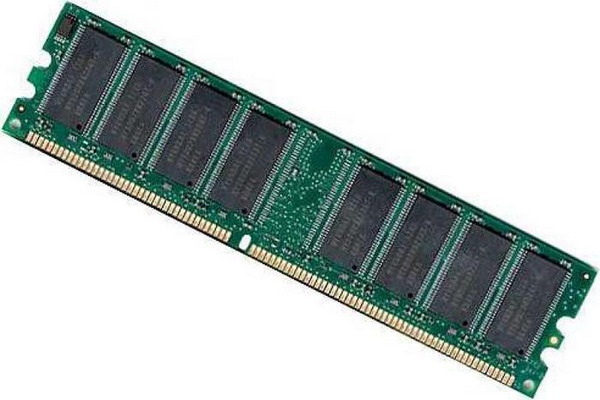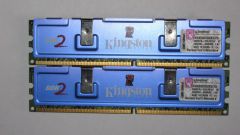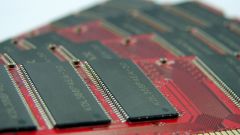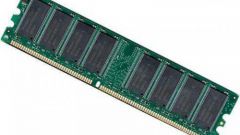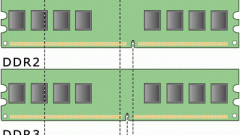You will need
- - computer with Windows;
- - memory.
Instruction
1
As a rule, the parameters of modules of RAM are installed automatically immediately after they connect to the motherboard of the computer. But using the BIOS menu you can configure the RAM is more subtle.
2
Turn on the computer and immediately after that press the Del key. Appears the BIOS menu. Usually find settings for the memory in the Advanced tab. Next you need to select CPU Configuration and go to the tab Memory controller. But depending on the motherboard model and version BIOS settings memory can be in other tabs.
3
When you open the menu and configure the settings of the computer's memory, you will see that almost all parameters set to "Auto". This means that the system automatically configured the RAM. You will see that the memory settings a lot. Actually you don't have to fully configure all parameters manually, you only need the basic settings.
4
One of the main parameters of the memory is the Memory frequency that is a clock frequency at which your memory. Select the row of Memory frequency, and it is the parameter Manual. This means that you can now independently change the frequency of OP. Now set the frequency of the RAM. The value that will appear immediately after you select the manual tuning of the memory speeds, it is considered by default you can increase this frequency.
5
Also you can increase the speed of issuing the signal read, to do this, locate the option Speculative Leadoff (not supported by all models of motherboards and enable this function by selecting Enabled. Then find the value of the Turn-Around Insertion and also enable this feature. This should slightly improve memory performance.
